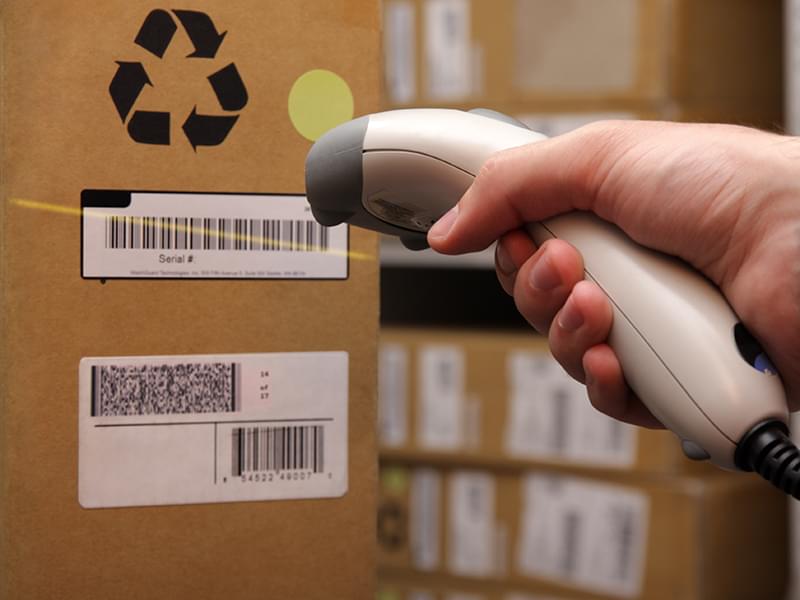Market Report
The Future of E-Commerce Packaging to 2025

Prior to 2020, the e-commerce packaging market was dominated by clothing, fashion accessories and consumer electronics. These sectors continue to hold strong positions, but the largest beneficiaries of Covid-19 have been groceries, sports equipment, and personal care and cosmetics – as many visits to physical retail stores have stopped.
For groceries and cosmetics, more shoppers are now more comfortable with online ordering and purchasing online. In the US – for example – the number of active online grocery shoppers rose from 16.1 million in August 2019 to 37.5 million 12 months later; during which time sales increased from $1.2 billion to $5.7 billion.
There is still untapped potential while this enthusiasm endures. Many consumers report they will continue to increase shopping online even once lockdown and social distancing rules are relaxed. Food, drink and personal care still account for less than 10% of e-commerce packaging sales in 2020.
For groceries, online selling is a low margin business. Packaging is typically very similar to that used retail store sales; but there has been a rise in demand for at-home meal kits, and alcoholic beverages sold via e-commerce.
Overall fewer social gatherings and working from home has caused a drop in consumption of personal care items in 2020. For the markets that remain, brand owners are keen to transition their customers from single sales to subscription models.
The main beneficiaries of the e-commerce boom are corrugated suppliers. This material has a market share by value of 80.5% in 2020. This will increase marginally to approach 82% in 2025. Many paperboard suppliers are capitalising on this with board grades and support services geared towards the e-commerce sellers.
Corrugated board in e-commerce applications benefits from its suitability for fit-to-product and box-on-demand solutions, which are preferred by e-retailers looking to reduce void space and minimise the need for secondary protective components.
There is also a trend to move beyond standard brown protective formats, with more interest in white-top boards that can carry high quality brand colours or graphics, especially in luxury goods. Many of these will be printed on the inside, to make a positive impression – or deliver an ‘unboxing experience’ – that connects with the buyer in their own home.
Another growth driver within the corrugated board packaging sector has been the rising popularity of subscription boxes, a market now valued at more than $10 billion per annum.
Customisation remains a leading consideration within the subscription boxes sector. Brand owners are seeking packaging that emphasises their brand ethos while looking to differentiate themselves via a meaningful unboxing experience. This is especially prevalent in meal kit and personal care sales.
The need to ship direct to a consumer means that nearly all e-commerce use more material than standard retail formats. This is compounded by the need to include additional features, such as tamper-evident seals, extra labels; and robust box designs that can be easily returned.
This excess places a premium on packaging that the consumer perceives on being easy to recycle. Besides containing high percentage of recovered fibres, multiple surveys show consumers rank paperboard as one of the easiest packaging materials to dispose of.
There is also scope for diversification – via, for example, wider use of moulded pulp or die-cut board shapes for internal protection. Another trend is to replace polyethylene layers in mailers with kraft papers; and the market is seeing the deployment of a new generation of all-paper mailers with paper cushioning sandwiched between outer and inner paper layers.
Apparel remains the market’s largest single segment, with sales worth over $14.37 billion in 2020. It has traditionally relied heavily on thick grade polyethylene bags, though some sellers are now investigating moving to paperboard or flexible paper formats. As in the broader packaging market plastic manufacturers are responding with mono-polymer designs that are easier to dispose of, and packs with higher recycled content.
The impact of Covid-19 and other trends that will shape e-commerce packaging through to 2025 are analysed critically and quantified in the new Smithers study – The Future of E-commerce Packaging to 2025. This includes a comprehensive dataset for 2015-2025 segmenting this market by e-commerce packaging materials/format, end-use application, and geographic region.